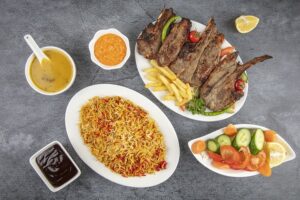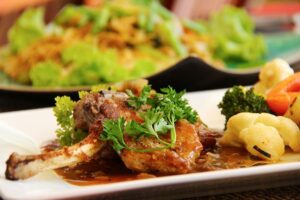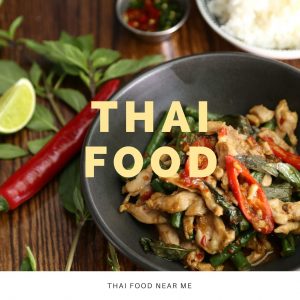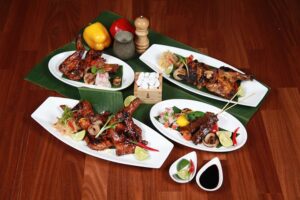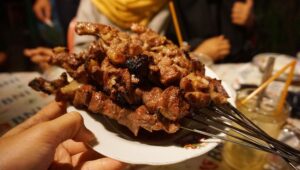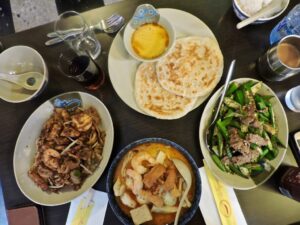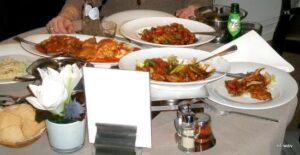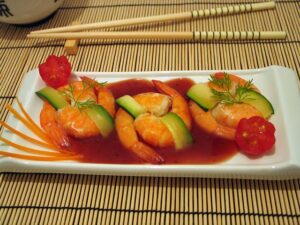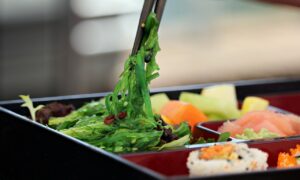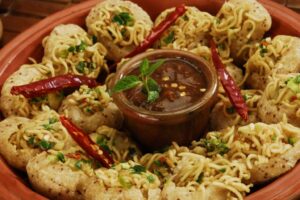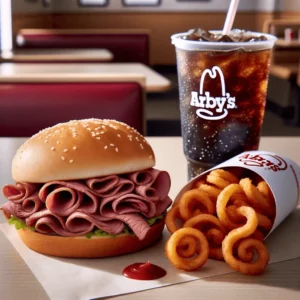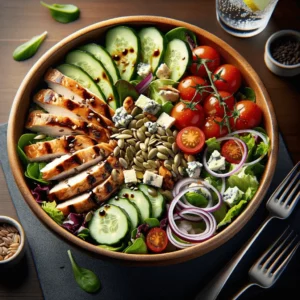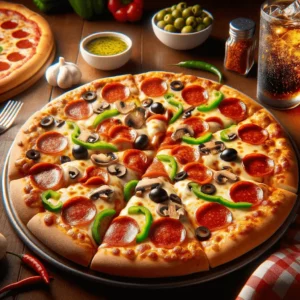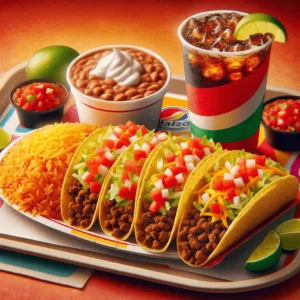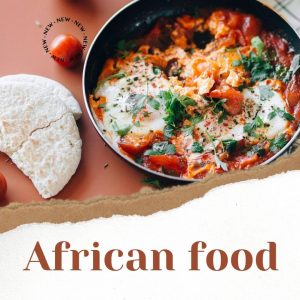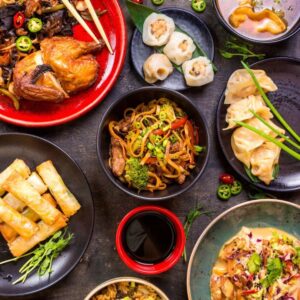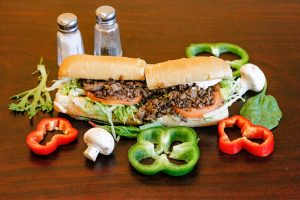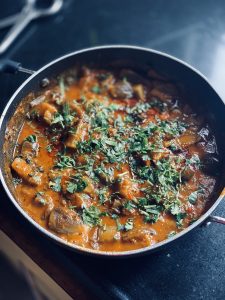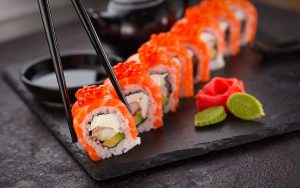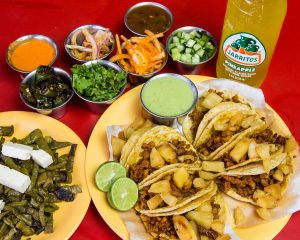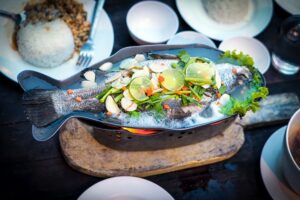From Ancient Crossroads: Syrian Restaurants
Syria, a cradle of civilizations and a crossroads of empires, boasts a culinary tradition that mirrors its rich and diverse history. Syrian restaurants, whether located in the historic alleyways of Damascus or in global cosmopolitan cities, invite guests to embark on a flavorful journey that spans millennia and is steeped in culture, tradition, and stories of ancient trade routes.
Culinary Narratives of a Timeless Land
A Tapestry of Influences
Syrian cuisine, having witnessed the confluence of Assyrians, Persians, Greeks, and Ottomans, among others, encapsulates an array of flavors. The spices from the East meet Mediterranean freshness, creating dishes that resonate with depth and brightness.
Shared Meals and Generosity
At the heart of Syrian culinary traditions is the ethos of sharing. Meals are often communal, with an array of mezze or appetizers laid out, symbolizing warmth, generosity, and community.
Signature Dishes of Syria
Tabbouleh
A refreshing salad made of finely chopped parsley, tomatoes, mint, onion, bulgur, and seasoned with olive oil, lemon juice, and salt. It’s a testament to the freshness and vibrancy of Syrian flavors.
Kibbeh
Considered by many as Syria’s national dish, kibbeh is a mixture of bulgur and meat, often lamb, with an aromatic stuffing of minced meat, onions, and spices, either fried to perfection or served raw.
Fatteh
A luscious dish of layered flatbread, chickpeas, and yogurt, often topped with pine nuts and a drizzle of clarified butter. It’s a delightful play on textures and flavors.
Celebrations and Sweets
Baklava
A beloved dessert, baklava consists of layers of phyllo pastry, filled with chopped nuts and sweetened with syrup or honey, reflecting the sweetness and richness of Syrian hospitality.
Ma’amoul
These delicate shortbread cookies, often filled with dates, walnuts, or pistachios, are synonymous with celebrations, especially religious festivals.
Conclusion
Stepping into a Syrian restaurant is akin to opening a treasured book of ancient tales. Every dish tells a story — of bustling bazaars, fragrant orchards, and generous households. With a harmonious blend of spices, grains, and fresh produce, Syrian cuisine offers an enchanting experience, a symphony of flavors that transcends borders and time.
FAQs
1. Is Syrian cuisine predominantly meat-based?
While many iconic Syrian dishes feature meat, the cuisine also boasts a wealth of vegetarian and vegan options, from the many mezze dishes to stuffed vegetables and grain-based mains.
2. How is Syrian bread different from other Middle Eastern breads?
Syria is known for its thin, soft flatbreads, often used as a utensil for scooping up food. Each region, however, has its variations, with some being thicker or infused with different flavors.
3. Are Syrian desserts very sweet?
Many Syrian desserts, like baklava, are sweetened with syrups, but they’re often balanced with the use of nuts or accompanied by less sweet beverages like tea.
4. How popular is rice in Syrian meals?
Rice is a staple in Syrian cuisine and is often served as a side or used as a filling in dishes like dolmas (stuffed grape leaves) or as the main component in pilafs.
5. Do Syrian restaurants typically offer Halal options?
Given that a significant portion of Syria’s population is Muslim, many Syrian restaurants, especially those in predominantly Muslim regions, offer Halal options to their patrons.


